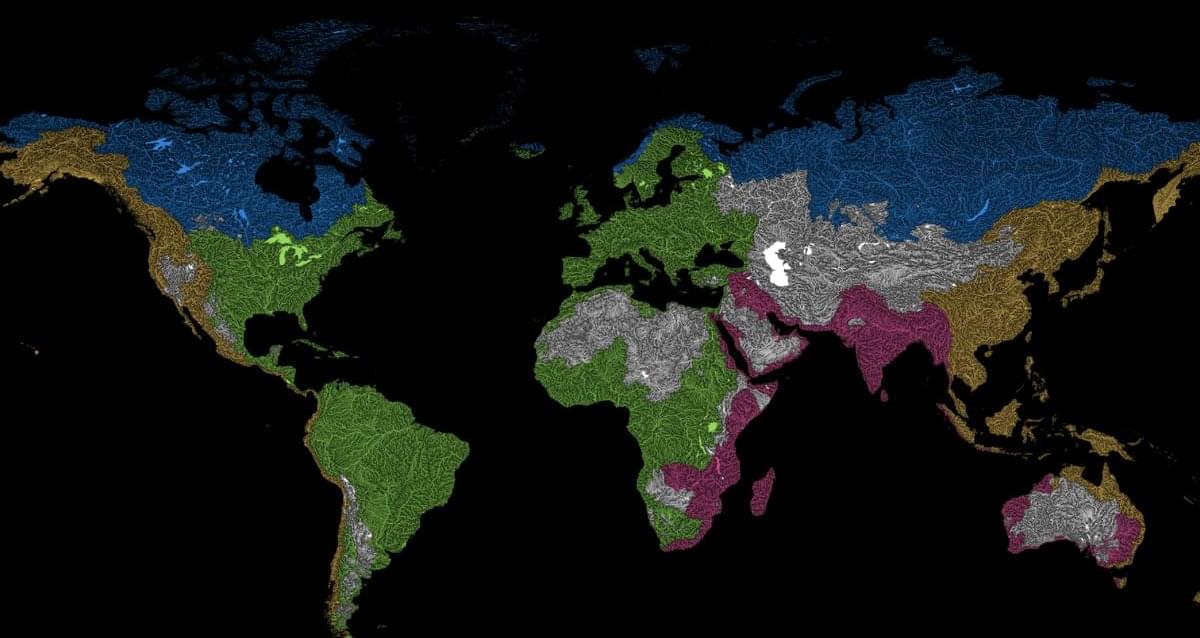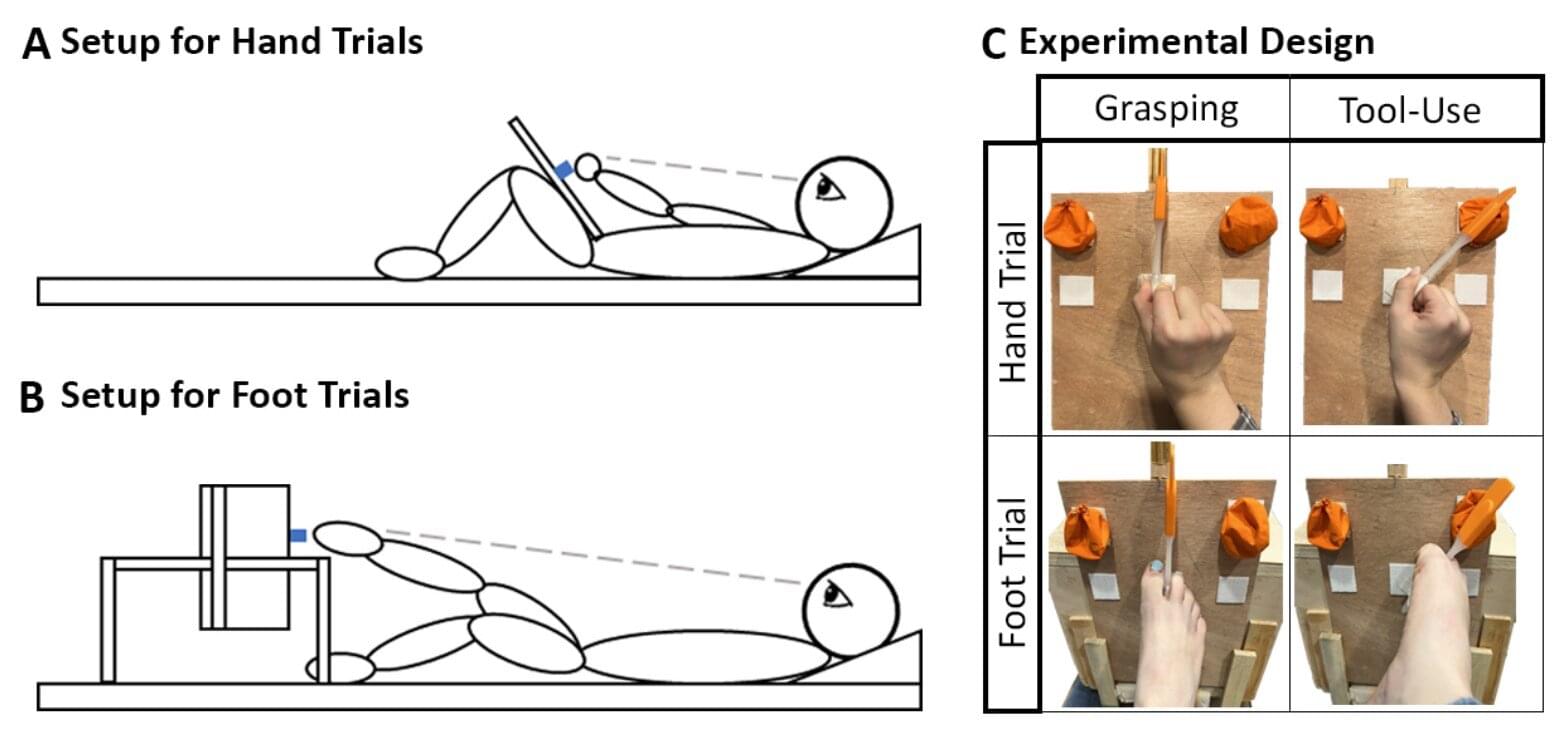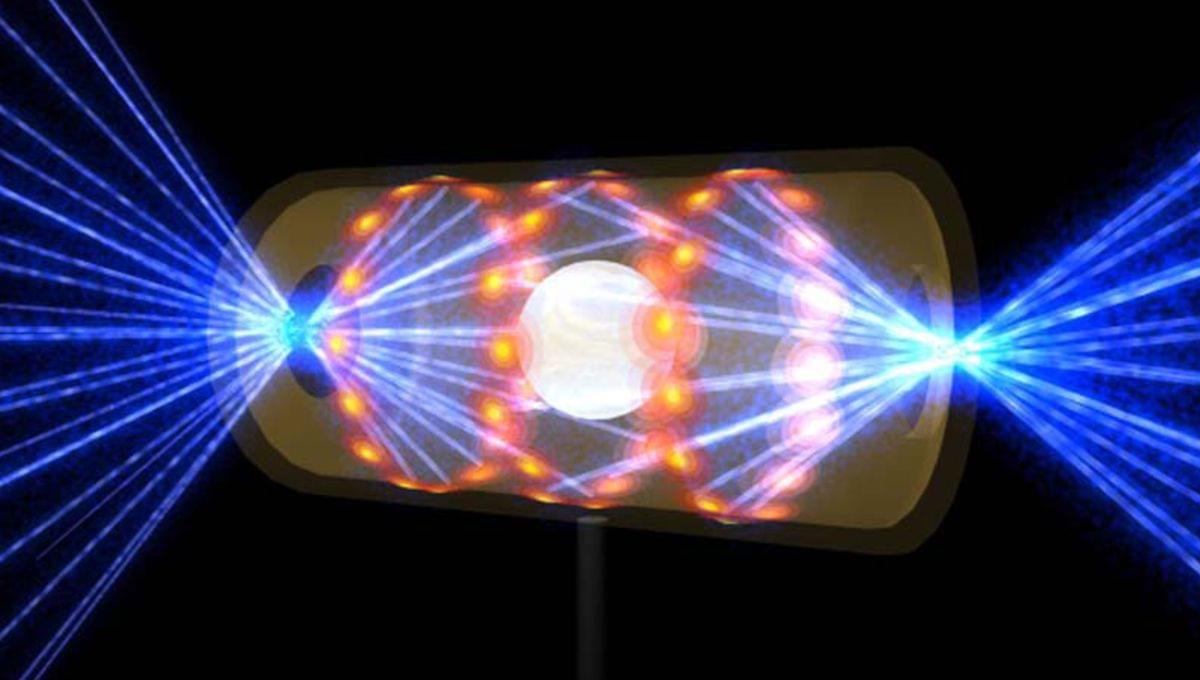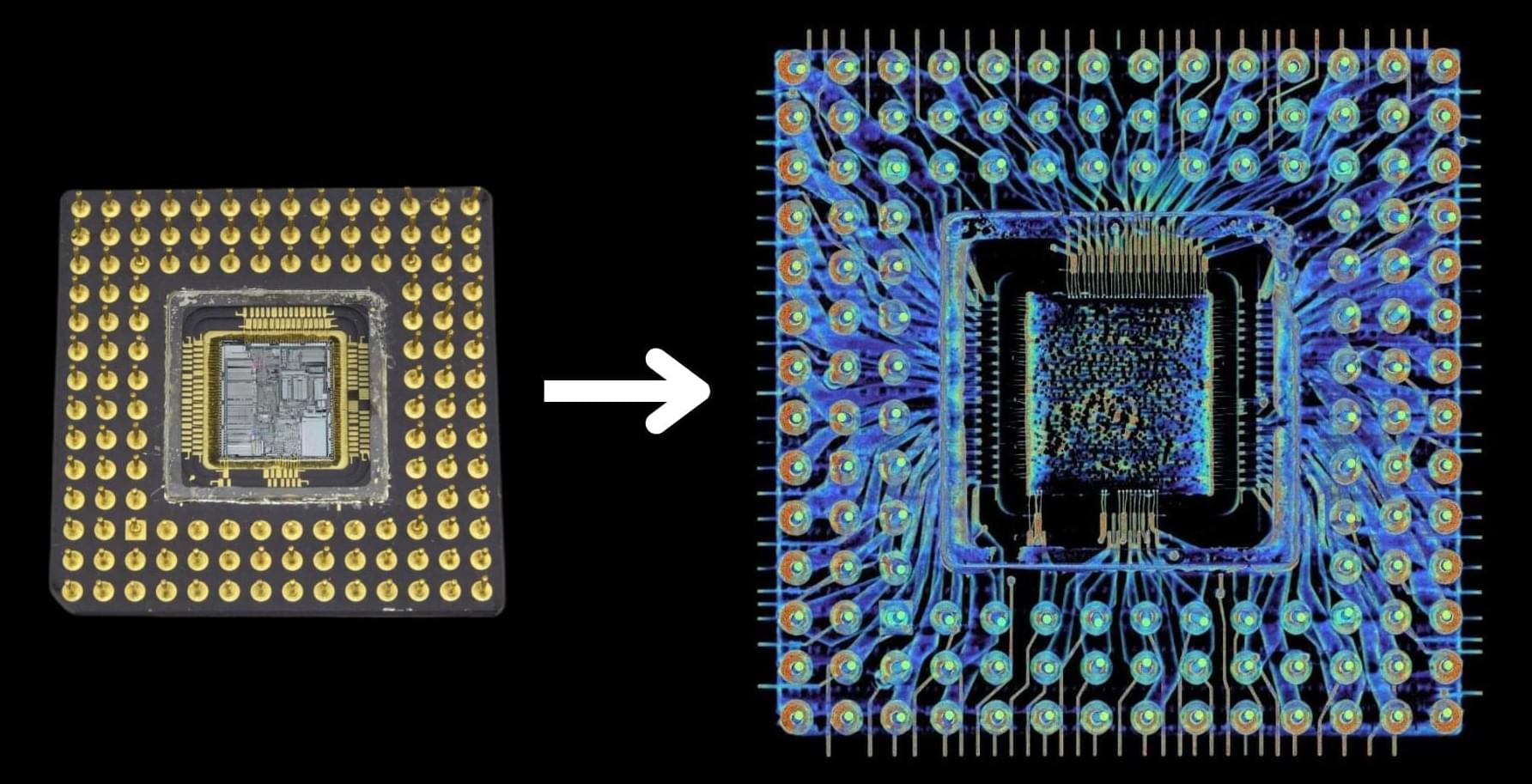Researchers have developed a new tool, bimodularity, that adds directionality to community detection in networks.



Alien eavesdropping: A new study shows how our signals might leak into space.
Imagine you’re an alien astronomer, pointing your telescope toward our solar system, listening for signs of intelligent life. Would you hear us? For decades, scientists have wondered the same thing.
A new study by researchers from Penn State University and NASA suggests we may finally have a clue. By carefully mapping the directions and timing of Earth’s strongest space communications, they’ve shown that our radio messages, meant for spacecraft like those near Mars, leak into the cosmos in predictable patterns.
Ark Invest forecasts that Tesla’s robotaxi business could reach $10 trillion by 2029, driven by its manufacturing efficiency, data advantage, and strategic positioning in major urban markets ## ## Questions to inspire discussion.
Tesla’s Robotaxi Dominance.
🚗 Q: How significant could Tesla’s robotaxi business become? A: Tesla’s robotaxi business could represent around 90% of its enterprise value by 2029, capturing a substantial share of Ark’s projected $10 trillion global robotaxi market.
🏙️ Q: What’s the potential impact of robotaxis on urban transportation? A: Research suggests 200,000 robotaxis, supplemented by privately owned vehicles in an Airbnb-like model, could meet all of urban Austin’s vehicle miles traveled (VMT) demand, with peak demand requiring 350,000 vehicles.
Manufacturing and Cost Advantages.
🏭 Q: How does Tesla’s manufacturing capability compare to urban demand? A: Tesla’s Austin factory alone could produce more vehicles than urban Austin’s entire ride-hail fleet in approximately 9 days, showcasing its vertically integrated manufacturing advantage.

US nuclear graveyard scanned with advanced LiDAR tech for safety, risk mapping.
The 3D imaging tool helped them come up with a detailed picture of the conditions of the safe storage enclosures for six cocooned reactors and identify potential issues.
“These inspections are critical to ensuring the cocooned reactors continue to function as designed,” said Tashina Jasso, acting director with the HFO’s Site Stewardship Division.
“The inspections are part of our commitment to reducing risk and preserving infrastructure for long-term management and safe disposal.”


Conventional wisdom among neuroscientists suggests that the brain’s motor functions are organized around the body, meaning certain brain areas control the hand; others the foot. An emerging alternative theory is that parts of the brain may be organized by the types of action, like reaching or using tools, no matter which body part is used to complete the task.
Researchers at Georgetown University recently set out to understand these theories, because knowing how the brain is organized around function versus body part has profound implications for rehabilitation and a person’s return to function following a brain injury.
The findings are published in the Proceedings of the National Academy of Sciences. The work is titled “Action-type mapping principles extend beyond evolutionarily-conserved actions, even in people born without hands.”

What this means in real time is that researchers using these maps do not know if there are any errors or issues ahead of them, nor do they know if these errors are part of the research design. Nevertheless, this is all they have to work with, so they have to make a decision based on this limited information, and doing so will always have high costs in terms of the ignition attempt, which is expensive.
To overcome this, the team at the NIF created a new way to create these “maps” by merging past data with high-fidelity physics simulations and the knowledge of experts. This was then fed into a supercomputer that ran statistical assessments in the course of over 30 million CPU hours. Effectively, this allows the researchers to see all the ways that things can go wrong and to pre-emptively assess their experimental designs. This saves a lot of time and, more importantly, money.
The team tested this approach on an experiment they ran in 2022, and, after a few changes to the model’s physics, was able to predict the outcome with an accuracy above 70 percent.

A public-private team of fusion pioneers – Commonwealth Fusion Systems (CFS), the U.S. Department of Energy’s Princeton Plasma Physics Laboratory (PPPL), and Oak Ridge National Laboratory – has unveiled an AI breakthrough that could reshape the future of fusion plasma research.
The new system, called HEAT-ML, can identify safe zones inside a reactor in milliseconds, replacing a process that once took more than 30 minutes.
By protecting sensitive components from the blistering heat of superheated plasma, this advance could accelerate the design and operation of next-generation fusion power plants.
An AI tool, developed by CFS, PPPL, and Oak Ridge, maps fusion plasma heat in milliseconds, protecting reactors and advancing clean energy.


Metaphors are a fundamental aspect of human language and cognition, allowing us to understand complex concepts and relationships by mapping them onto more familiar and concrete domains. However, the nature of metaphors and how they work is still not well understood.
In a new paper published in PLOS Complex Systems, Max-Planck-Institute for Mathematics in the Sciences researchers Marie Teich and Wilmer Leal together with director Jürgen Jost have developed a formal framework and large-scale empirical methodology to analyze metaphors and their role in conceptual metaphor theory.
The study confirms the fundamental assumption in conceptual metaphor theory that metaphors are enduring linguistic and cognitive structures, not merely rhetorical figures. Using complex systems tools, the researchers identified a metaphor network with distinctions between abstract and concrete categories, and two significant metaphorical processes: mappings from concrete to abstract topics and the emergence of new mappings between concrete domains.